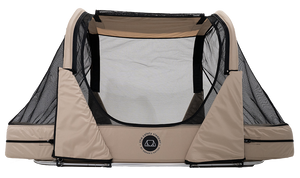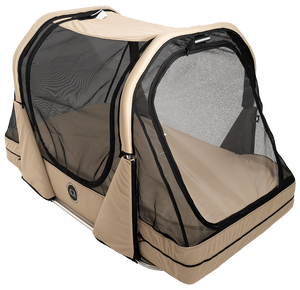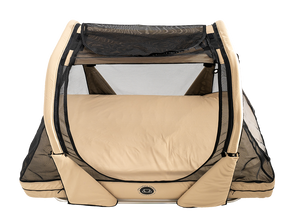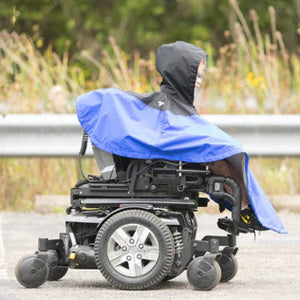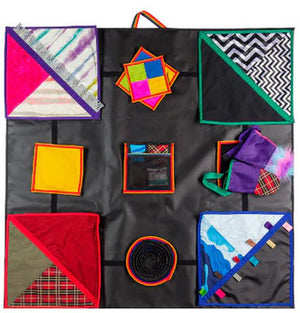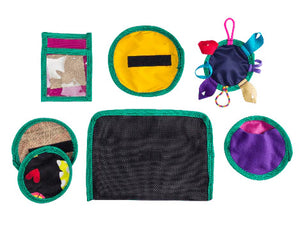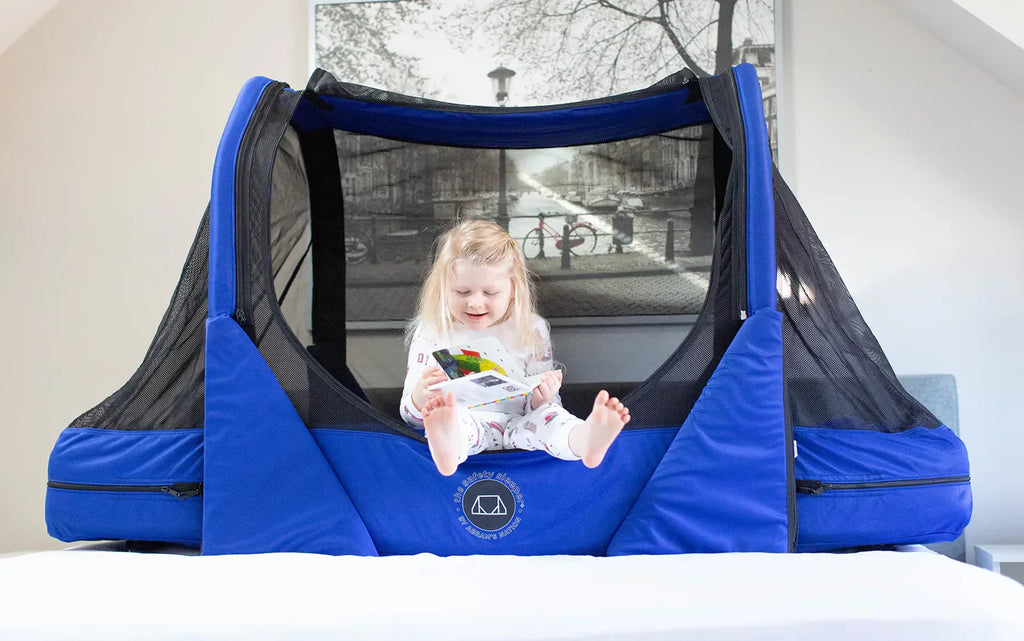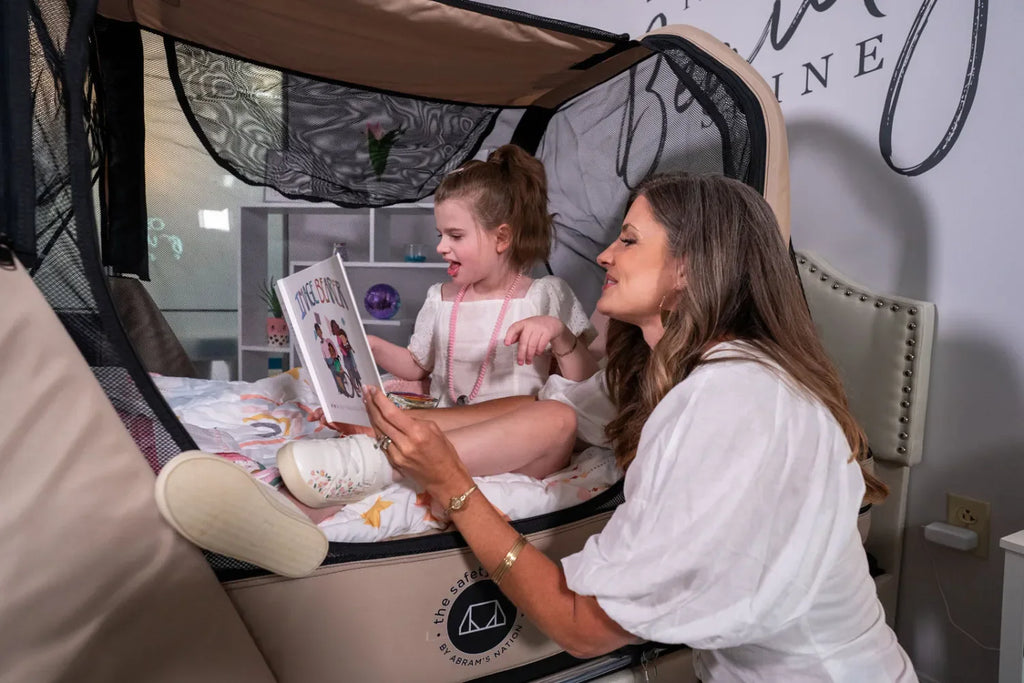Many children with special needs have trouble sleeping. In fact, studies show 40-80% of children with Autism Spectrum Disorder (ASD) have difficulty falling and staying asleep throughout the night.
That makes children with special needs (and especially those with ASD) much more prone to night wandering, which is also called elopement.
Night wandering is when your child slips out of their bed in the middle of the night and wanders unsupervised through the house or yard or even escapes into the surrounding neighborhood.
Elopement can be dangerous, and we’ve even heard heartbreaking instances of night wandering that have led to fires and death.
With that, it’s imperative to take every measure possible to keep your child with special needs safe after they’ve gone to bed.
9 Ways to Keep Your Child With Special Needs Safe At Night
Follow these strategies to protect your child all night long:
- Help them fall asleep. Your child can’t get into trouble or danger if they’re sleeping!
We’ve discussed how to help your toddler with special needs sleep through the night before, but here are a few tips:
- Be sure your child gets plenty of exercise during the day so they’re physically tired by bedtime.
- Be sure your child gets plenty of sunlight during the day to assist in melatonin production.
- Create a soothing bedtime environment for your child to help them relax at the end of the day.
- Avoid food and drinks right before bedtime to avoid extra trips to the bathroom, messy diapers, or gastrointestinal discomfort.
- Help your child wind down at the end of the day so they’re prepared for bedtime.
- Prevent your child from napping too much during the day so they’re tied at bedtime.
- Try melatonin and sleep aids to assist with healthy sleep.
- Keep the room at a comfortable temperature so your child isn’t distracted by it.
- Stick to a bedtime routine to help your child fall asleep each night.
- Keep their room safe. If your child climbs out of bed at night, you don’t want them to accidentally hurt themselves inside their room—especially if they’re unsupervised. To help them stay safe, follow these steps:
- Eliminate any sharp corners created by the walls or furniture. Padding or even pool noodles can dampen these corners and prevent painful bumps and bruises on your child.
- Keep the window locked and secured. If your child likes to play with the window, install an alarm that will alert you when the window is open.
- Eliminate opportunities for climbing. This may mean opting for bookshelves and dressers that are close to the ground.
- Cover electrical sockets. If your child has enough dexterity to remove plastic plug covers, move heavy furniture in front of the outlets.
- Prevent night time wandering. Night time wandering can be deadly, so it’s important to prevent it in every way possible.
Some of the best ways to prevent night wandering include:
- Install child-proof doors and windows.
- Install alarms to alert you when windows or doors are open.
- Praise or reward your child for not leaving their room in the middle of the night.
- Block the door. If your child is small enough, consider installing a baby gate right outside of their door. You can also install baby gates at the top of and bottom of every set of stairs for extra security. If your child is older, consider installing a secured half-door, which would allow them to open the top half of the door to look out—but leave them unable to open the bottom half.
- Pay attention to furniture and windows around your house. Your child can climb through windows to get outside, and nearby furniture can give them a boost onto the windowsills. Keep stools, chairs, and side tables away from windows.
In addition, anchor heavy furniture like wardrobes and bureaus directly into the wall to prevent them from tipping over if your child manages to climb them.
- Lock up dangerous chemicals in the bathroom, laundry room, and kitchen. Bleach, window cleaner, toilet bowl cleaner, and other common household chemicals can be dangerous if ingested.
Keep them locked up so your child can’t get into them, especially when they’re unsupervised.
- Lock up the basement and attic. Both the basement and the attic can present a number of dangerous hazards, including:
- Small, dark spaces where they can become stuck or trapped
- Access to dangerous appliances, tools, or chemicals
- Access to the outdoors
- Help them wear their full name, address, and important phone numbers. If your child slips out of the house in the middle of the night, they may be found by a neighbor or passerby.
To help, keep their most important information on a bracelet they wear, a backpack they carry, or on a tag attached to their favorite toy.
Details to include:
- Their full name
- Their street address
- Your phone number
- Your partner’s phone number (if relevant)
- The phone number of grandparents or any other guardians
These details will help the rescuer return your child to safety.
- Install fencing outside. A strong fence around the edge of your property can keep your child safely on your grounds even if they get outside in the middle of the night.
With that in mind, be cognizant of what’s in your backyard. Ponds, pools, and yard tools can all become deadly, so keep them locked away as well.
- Use a Special Needs Bed. A special needs bed is typically designed to keep individuals securely in bed throughout the night, preventing wandering and encouraging sleep.
For example, The Safety Sleeper® was originally designed for children with special needs, and features:
- A fully enclosed design
- A soft, padded design that prevents injuries from bumping or thrashing
- A comfortable and soothing interior that encourages sleep
Order Your Special Needs Bed: The Safety Sleeper®
The Safety Sleeper®, a fully enclosed safety bed, is specifically designed to help children with special needs sleep better.
Check out The Safety Sleeper® today, or look into our bed accessories or insurance coverage process.

